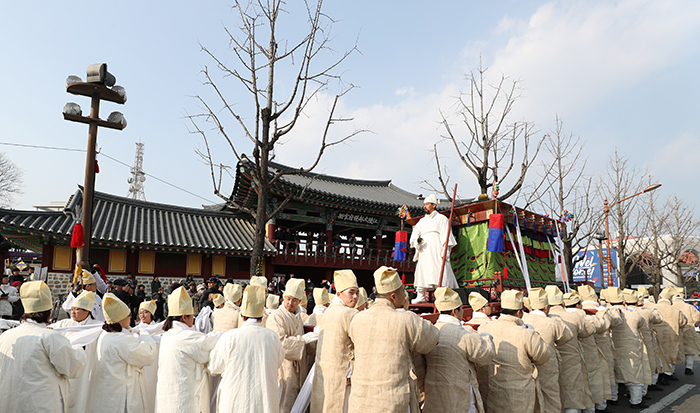- Get link
- X
- Other Apps
Sangnye: Korea’s Traditional Funeral and Ancestral Rites
Explore Korea’s respectful funeral traditions and mourning practices rooted in Confucian ideals. Sangnye honors the deceased with solemnity, symbolism, and family unity.

Photo: Traditional Korean funeral rites carried out in a family setting.
⚰️Sangnye – Korean Funeral Ceremony
🕯️ What is Sangnye?
Sangnye (상례) refers to Korea’s traditional Confucian-based funeral customs. The process is not just a burial but a ritualized journey that honors the deceased and guides their spirit peacefully.
📜 Funeral Stages
- Chojedo (초제도): Initial rites performed after death to prepare the body and spirit for transition.
- Samuje (삼우제): Held on the third day after burial, to express continual respect for the departed.
- Talsang (탈상): The final rite symbolizing the end of mourning and return to normal life, typically after 49 or 100 days.
🧥 Mourning Customs
Family members wear hemp clothing (sangbok), abstain from pleasures, and perform ancestral bows. The eldest son often leads the ritual, representing family responsibility and piety.
🎐 Ancestral Spirit Belief
Koreans believe the deceased’s spirit remains close for some time. Offerings and rituals help ensure their peace and guide their journey to the afterlife.
💬 Final Thoughts
Sangnye reflects Korea’s deep-rooted values of respect, family duty, and remembrance. Though modernized, these rituals continue to shape how Koreans honor life and death with dignity.
- Get link
- X
- Other Apps
Comments
Post a Comment